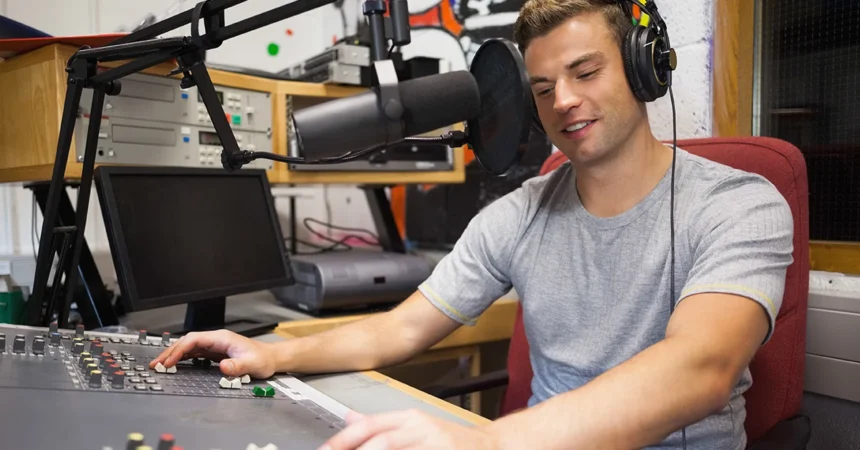In today’s media world, radio continues to hold a potent place as a platform for engagement and entertainment. However, creating radio content goes beyond playing hit tunes or hosting lively chat shows. It demands a strategy to keep audiences captivated and committed. This article explores the importance of crafted radio programming in retaining listeners.
Exploring Audience Tastes
Top-performing radio stations emphasize understanding their audience. They comprehend listener preferences and habits and cater programming to suit them. Radio producers achieve this through surveys, feedback analysis, and trend monitoring to curate content that appeals to the target group. When listeners feel acknowledged and valued, they tend to remain engaged for long periods, fostering loyalty to the station.
Crafting Engaging Content
Streamline your radio programming with quality content for its success. This keeps listeners interested and wanting more through engaging programs such as music shows and news segments that offer entertainment and valuable information to create a listening environment that attracts audiences repeatedly.
Establishing Personal Bonds
Listening to the radio can stir up feelings within us all; broadcasters who establish a bond with their listeners cultivate a sense of belonging and togetherness in their community by sharing anecdotes and wisdom that builds trust between the station and its audience. When individuals form emotional ties with a station, they see it as a companion, leading to higher chances of them tuning in regularly.
Trustworthiness
Audience members value programs that stick to a routine and deliver content consistently, as this builds their trust in the station’s reliability and predictability. This sense of stability helps listeners know what to anticipate and when to tune in each day, making the station a regular part of their habits. By offering programming, the station strengthens its connection with the audience, thereby increasing listener loyalty.
Interacting With Interactive Features
Adding features brings a touch to radio shows by encouraging listeners to join in via phone calls, social media interactions, and online voting activities to boost their engagement levels. Interactive programs empower the audience by allowing them to share their opinions and feel like a part of the broadcast. This active involvement fosters a sense of loyalty.
Focusing on Quality Rather Than Quantity
Quality always outweighs quantity when it comes to radio programming. Overloading audiences with excessive or shallow content can dilute the listening experience. Instead, stations should focus on delivering meaningful, well-crafted segments that provide real value, ensuring long-term listener satisfaction.
Harnessing the Power of Community Engagement
Engaging with the community enhances a radio station’s visibility and reputation within its neighborhoods. Supporting local events, charities, and businesses nurtures a sense of community. Community-focused shows help build a rapport with listeners, making them feel part of something bigger. When audiences see their station actively participating in local activities, they feel more connected and loyal.
Adapting Based on Feedback From Our Listeners
Keeping audiences engaged requires a commitment to enhancement in programming quality through solicitation and response to feedback from listeners. This is a valuable tool for stations to fine-tune their content offerings based on constructive input from their audience about what resonates and needs adjustment. By acknowledging and addressing listener feedback promptly and effectively, stations show a dedication to meeting audience needs and establishing trust that fosters long-term audience loyalty.
In Summary
Radio broadcasts are crucial for keeping listeners engaged and interested by tailoring content to their tastes and emotions and fostering connections with them through shows and active community engagement efforts to enhance further loyalty. Quality programming that adapts to technology advancements while considering feedback allows stations to stay current in an evolving media environment. The ultimate goal is to build an audience base through radio programming strategies for sustained success in the competitive broadcasting industry.






